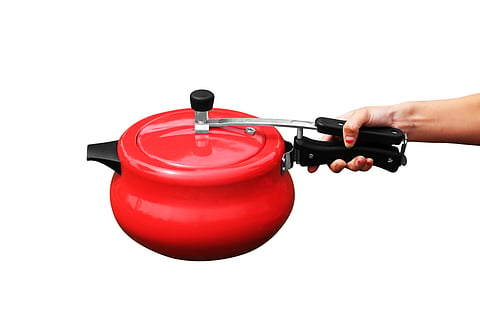

When the familiar whistle echoes through an Indian home, it isn’t just the sound of lunch — it’s science at work. The pressure cooker may look ordinary, but it’s one of the most brilliant inventions in the modern kitchen.
The story began in 1679, when a French physicist named Denis Papin built a device he called the steam digester. His aim was simple — to cook food faster by trapping steam. Inside a sealed pot, steam builds pressure, which raises the boiling point of water. That means food cooks at a higher temperature without burning, and tough ingredients soften in minutes. Papin’s early model was large and meant for laboratories, but the idea was revolutionary.
Two centuries later, engineers refined it for household use. In 1938, the first modern pressure cooker appeared in America, followed by lighter aluminium versions in India after Independence. For families short on time and fuel, it became a miracle pot — one that made dal, rice, or curry in a fraction of the usual time.
Beyond convenience, the pressure cooker also helps retain nutrients, reduces energy use, and fits perfectly into sustainable living. Its cheerful whistle isn’t just a reminder to turn off the stove — it’s a centuries-old triumph of physics that turned heat, metal, and steam into harmony.
---
visuals